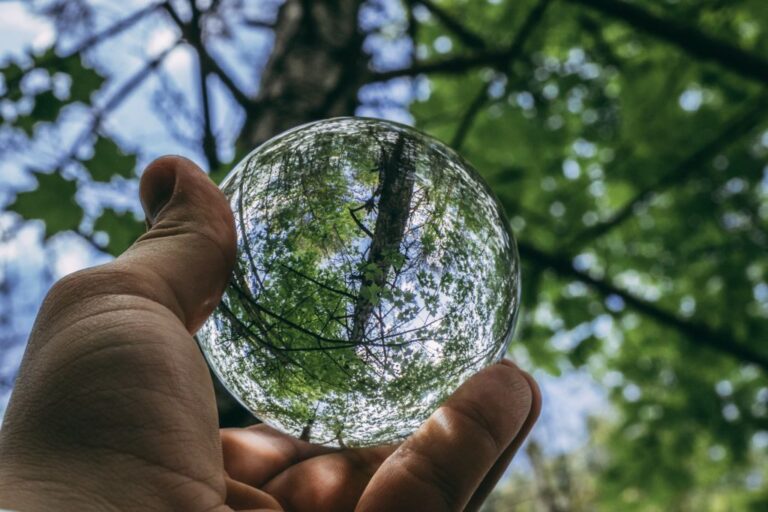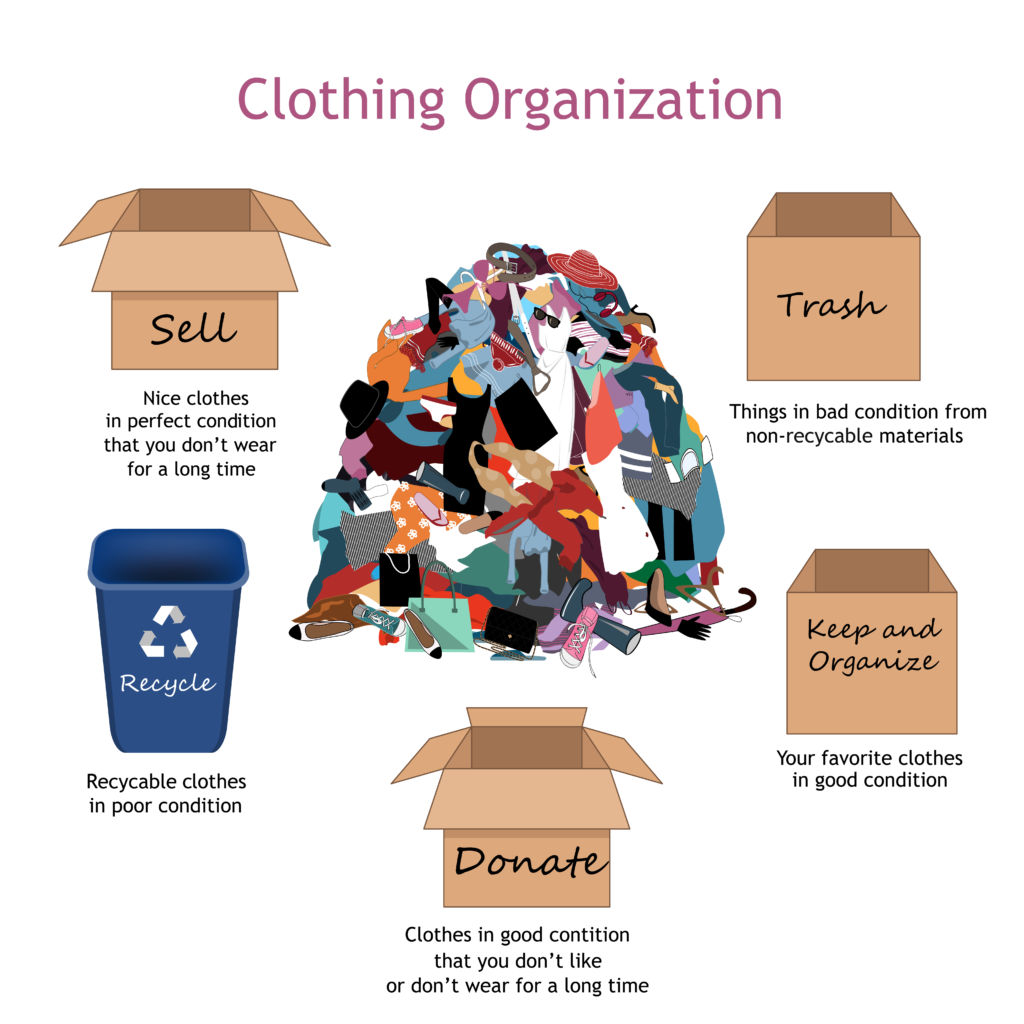
In recent months and through my research activity on the textile sector, I have been able to observe a notable increase in information on sustainability. Given this situation and the close relationship that exists between the textile industry and circular fashion, I have decided to write this article and define this new movement of the circular economy, its product and the circular consumer. I encourage you to read this analysis to understand in an easy and simple way each of these concepts, the current new circular processes and at the end, you can visit the links with all the previous articles on this exciting system.
Textile industry and the impact of circular fashion
If we briefly review it, the concept of “circular fashion” was first used publicly in July 2014. This was used by Felix Ockborn, who was then environmental sustainability coordinator at H&M in Stockholm. He mentioned it during his presentation with the aim of merging the concept of circular economy – previously defined – and sustainable fashion.
We could begin to explain, without being really specific, that circular fashion in the textile industry means consulting work prior to design and production, circular design strategies, fashion on demand, sustainability principles, sustainable textile production, sustainable consumption, resale of used garments and accessories, recycling of textiles among other actions. But if we go deeper into the analysis, we will not only find other new concepts, but also from these first statements we will find an important set of routines, processes and disruptive dynamics that are currently taking place in the textile sector.
From the point of view of the consumer and in the context of sustainable fashion, a consumer of circular fashion could define this relatively new concept and his consumption habit with the phrase: “make it last”.
What is the meaning of circular fashion in the textile industry?
As I said at the beginning of the article, the idea is to define the concept itself and the relationship between the textile industry and circular fashion, but in a simple way, from its most visible aspects and above all from the consumer’s point of view. It is the particular objective of this post because all the previous articles you can find in the blog look at it from a professional aspect and arise from the vision of international consultants specializing in the textile sector, the textile industry and retail.
From this perspective, if we refer to fashion from the idea of a piece of clothing, footwear or an accessory, circular fashion can be defined as any fashion article that has certain characteristics based on three stages or processes that make part of the system and constitute it: Circular design | Circular production | The use, collection, resale-reuse and recycling of textiles
Circular design in the textile industry
For the design to be considered circular the product must be:
Designed so that its components can be separated to facilitate their disassembly or repair and to facilitate the action of reassembling, reusing and eventually recycling the material at the end of its useful life.
Designed with quality materials and with a timeless style to maximize its durability, longevity and attractiveness for many users (depending on whether during its useful life it goes from one user to another, and to new users).
Designed on demand, custom-made, to be created in a more efficient way for its specific user in terms of fabric, material, style and fit, thus increasing its perceived value and likely useful life.
Circular production in the textile industry
For the manufacturing process to be considered circular, the product must be:
Produced with non-toxic, high quality and preferably biodegradable materials, so that their components can be safely biodegraded and composted at the end of use; or produced with non-toxic synthetic materials that can be effectively recycled, such as recyclable polyester.
Produced in such a way that all waste generation is minimized during the manufacturing process in the textile factory and all left over material in the cutting, tailoring, dyeing and finishing processes can be recovered and reused as raw material for other processes and other articles, thus minimizing the extraction and use of new virgin raw material.
Produced, transported and marketed using renewable energy such as wind or solar whenever possible and using water and other resources efficiently and safely during production and distribution;
Circular use, collection, reuse and recycling in the textile sector
Taking into account the extension, durability and end of life of the product:
It can be used by multiple users throughout its useful life through exchange, loan, rental, redesign or second-hand services, thus extending its useful life;
It can be recovered and recycled safely and effectively, so its components are used as raw material for the manufacture of new products or are biodegraded and converted into biological nutrients for microorganisms in the soil.
I think we have clearly and simply defined circular fashion and a circular product!
But what does it mean to be a consumer of circular fashion?
Based on the above principles, a circular fashion consumer is anyone who aspires to:
Buy items that they really appreciate, with the intention of maintaining and actively using them for a long time, possibly a lifetime;
Buy articles of high quality with respect to the materials involved (e.g. fabric) and the product in general, so that it looks good, works well and lasts a long time;
Buy articles that are organic, non-toxic, i.e. products that do not contain harmful substances and that have been produced without any toxic substances or materials involved. The customer here often looks for products that have been certified according to an international label.
Buy items made from organic or recycled materials, preferably with environmental certification. The conscious consumer of the textile industry and circular fashion prefers natural materials (such as wool, linen, silk and viscose) rather than synthetic (such as polyester, acrylic and nylon) and also recycled material rather than virgin. In general, they also look for ethical and fair trade products;
Buy items that can be easily repaired and redesigned to make the most of the product and materials involved;
Purchase items that can be easily and safely disassembled to facilitate effective reuse and recycling of their subcomponents and materials at the end of their use; for example, T-shirts with plastic prints are not a good option for a future process of this type.

Prioritize the search for second-hand or vintage pieces or find fashionable pieces through rental, loan or exchange rather than buying freshly made products.
Take good care of their wardrobe through careful washing practices. The options are: hand washing, machine washing at a low temperature, mild, eco-friendly detergents, no tumble drying. And when possible, they should avoid washing at all by ventilating their clothes outdoors.
Deliver or donate items that are no longer needed or cherished to thrift stores or charitable organizations or pass them on to friends or family to give them a new useful life.
Take used and worn or unrepairable products to a recycling station so that they can be recycled and reused as raw materials or components in new products.
In short, a “circular fashion consumer” is a person who appreciates the true value of a garment, pair of shoes or fashion accessory, including all the work behind its manufacture and all the precious natural resources that have been used throughout its supply chain.
The goal of a circular-conscious fashion consumer is to keep their belongings as long as possible and use them a maximum number of times during their life. In general, they want to contribute to a fashion industry that is “circular rather than linear”, where nothing is wasted and everything is used, reused and recycled in the most effective and sustainable way possible.
I hope we have come up with a simple and transparent definition of circular fashion and the circular consumer.
Articles on the textile industry and circular fashion
To conclude this post, here is the list of previous articles on circular fashion and I invite you to join us in walking this path to take the textile and fashion industry to the next level of circularity:
Closing the loop | 2020 Circular Fashion System Commitment | Circular Fashion is circular design | Circular Fashion is resale of used garments | Circular fashion is resale of used garments | Circular fashion is textile recycling | Fashion Transparency Index 2019 | The Pulse of the Fashion Industry 2019 | Circular Fashion | The biological technology of circular fashion | Physical technology of circular fashion | Digital Technology of Circular Fashion | G7 Fashion Pact













































